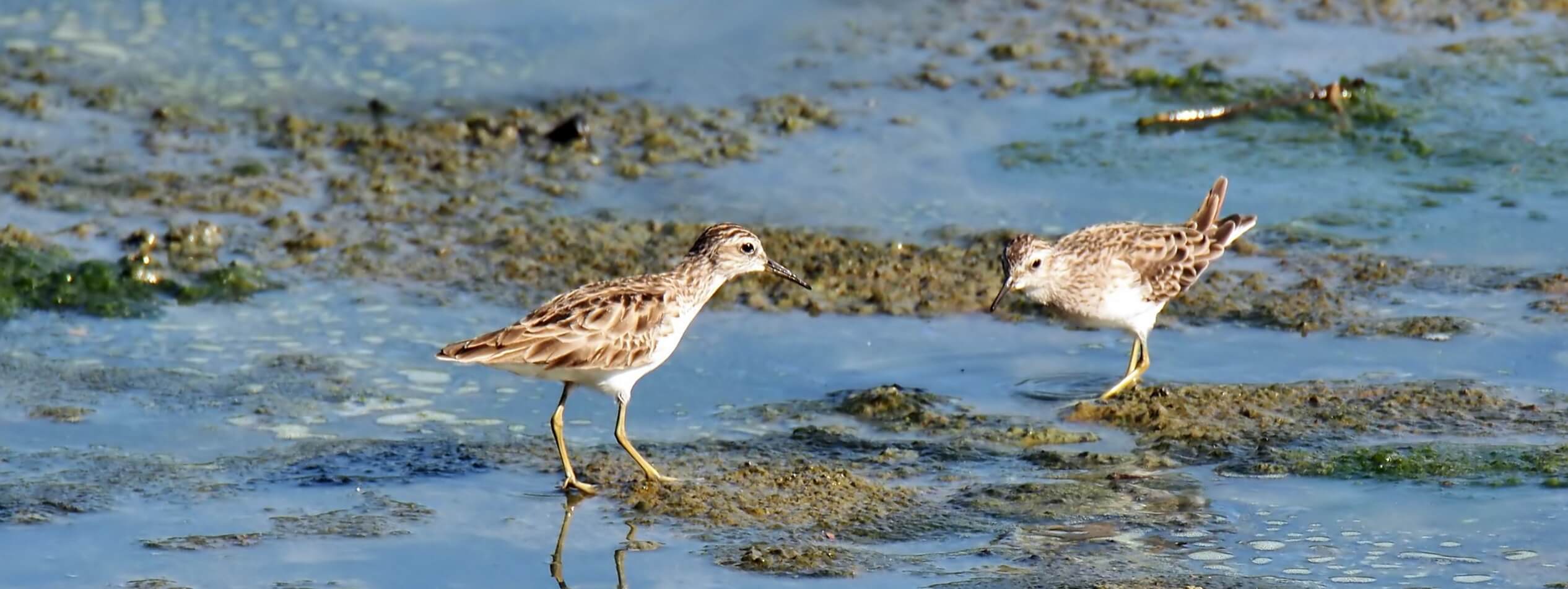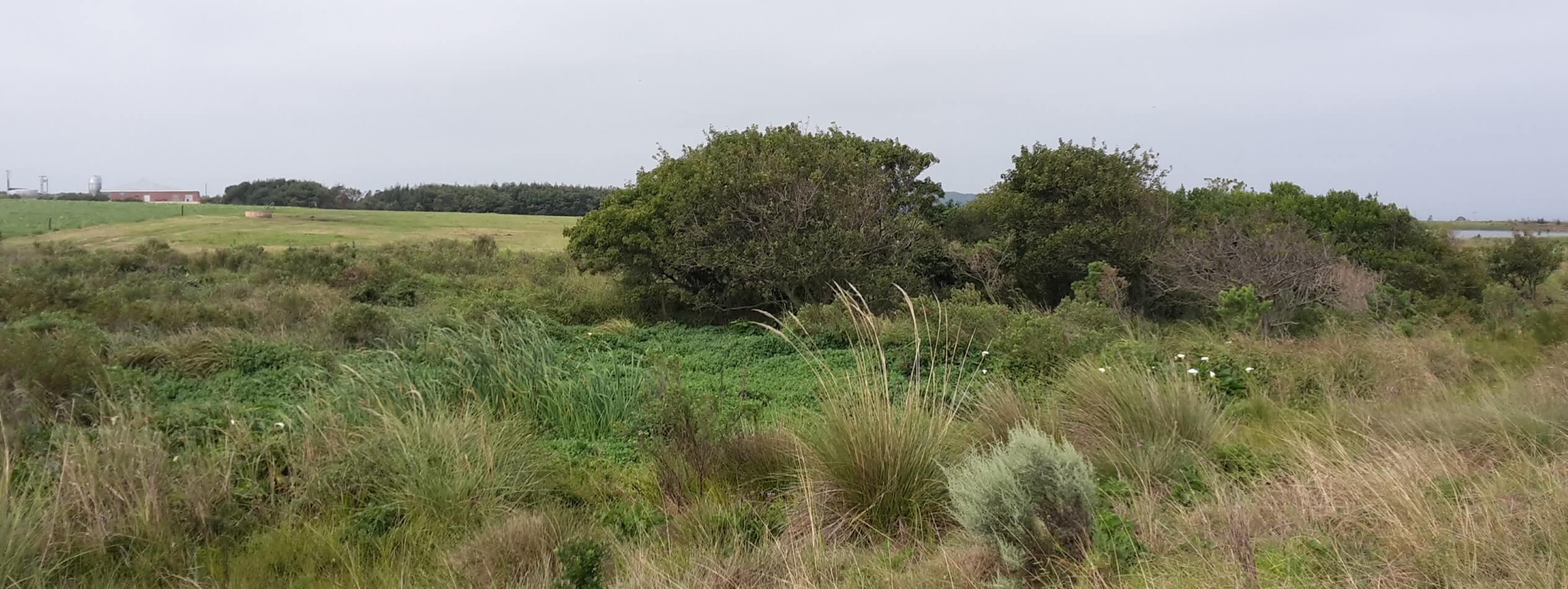One of the often-overlooked aspects of sustainable agriculture is biodiversity conservation. It doesn’t seem to fit as nicely into the farm productivity picture that we normally use to advocate for sustainable agriculture. I don’t think this is true though. Caring for the natural ecosystems on your farm can contribute to farm productivity. Not only that, it will make your farm more resilient.
Should farmers concern themselves with biodiversity conservation?
The importance of wetlands
Wetlands are one of the most significant ecosystems. Broadly defined, wetlands are any area of land which are covered by water. They can be covered either permanently or seasonally. This might not sound glamorous or significant, but in fact wetlands play a vital role for nature, agriculture and human settlements.
The three most important roles that wetlands play is as filters, regulators and habitats.
Wetlands as filters
Wetlands are effective natural water filters. They can clean polluted fresh water making it more valuable for both agriculture and human-consumption.
Wetlands as regulators
Wetlands act like sponges. They absorb and store water when there is plenty, and slowly release this water when there is a lack. In this manner they support and sustain the base-flow of rivers.
Wetlands can reduce the impacts of flooding due to the way that they regulate flow. Water rushing into a wetland is slowed down and dispersed, breaking the potential negative impacts of flooding downstream.
Wetlands as habitats
Wetlands serve as the habitat to a large amount of birds, mammals, fish and insects. They usually support a high density of these animals and are therefore significant habitats for biodiversity conservation.
How to protect wetlands on farms
The most important thing to do in protecting wetlands is to stop any harmful actions. The most harmful actions include any form of physical disturbance. Examples of this are digging drainage channels to drain wetlands, creating roads or bridges through wetlands, any form of tillage and cultivation in or around wetlands and over-grazing.
Wetlands are kept healthy and functioning through having a buffer area of natural vegetation surrounding them. The size of this area will differ relative to the size of the wetland, but a general principle is to leave at least a 25m buffer.
There are different types of wetlands, and each benefit from varying grazing and fire management regimes. It is important to find out what regime will stimulate regeneration and growth of plants. This will also result in a diversity of habitats for animals. Incorrect grazing and fire management will lead to loss of wetland vegetation, loss of habitat and weed invasion.
A final word on wetlands
Wetlands are highly valuable ecosystems. Both to society, and directly to farmers. They should be valued, protected and managed as the important role player that they are.
Resources
https://www.worldwildlife.org/habitats/wetlands – Accessed 18 March 2019
https://www.water.wa.gov.au/__data/assets/pdf_file/0019/3349/11412.pdf – Accessed 19 March 2019
- A carbon footprint assessment for pasture-based dairy farming systems in South Africa - 2024-02-07
- What progress have farms participating with Trace & Save made over the past 10 years? - 2023-09-06
- Carbon footprint reduction over time: Lessons from pasture-based dairy farms in South Africa - 2023-09-04


